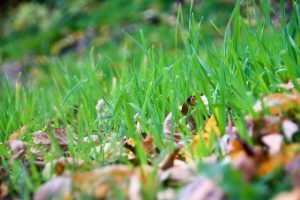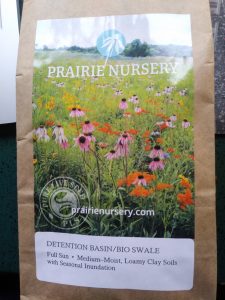Plant Cover Crops Now!

Cover crops are among the most valuable tools in the private landowner’s toolbox. They build healthy soil while protecting against erosion. The next week or two are pretty much last chance for those in central and southern Wisconsin to plant yet this fall.
Lots of Benefits
Cover crops are a fantastic companion crop when planted ahead of a late fall or early winter native seed planting. Oats, and rye are a great choice as they will hold the soil, preventing erosion over the winter. The will also provide a place for native seeds to settle into the soil during winer freeze and thaw cycles. Here is a short cover crop video from the NRCS East National Technology Support Center.
Another valuable service cover crops provide is as a green manure. They build organic mater in the soil, and because Wisconsin winters kill them, these plants will not re-emerge in the spring to compete with newly sprouting native species.
Soil contact is important. If you do not have access to a seed drill, try breaking up hard soils with a lawn aerator, raking the cover crop seeds in lightly after seeding. If the planting list not too big, cover newly seeded area with straw. Water newly planted seeds daily for a week, if possible. Otherwise, try to time seeding for just before a forecasted rain.

Solving Problems
Native seed mixes fit into many conservation plans and they pair seamlessly with cover crops. Whether on a high rocky ridge, woodland or wet meadow cover crops help establish native species that will greatly improve the conservation value of your property. Better wildlife habitat
In my case, there its a small drainage near our house that was not graded correctly during construction 25 years ago. When we moved in this spring, correcting the problem to keep water from flowing toward the foundation while reducing runoff was a priority. Native grasses and wildflowers with their deep roots made perfect sense to remediate the lousy clay fill hauled in during construction.
